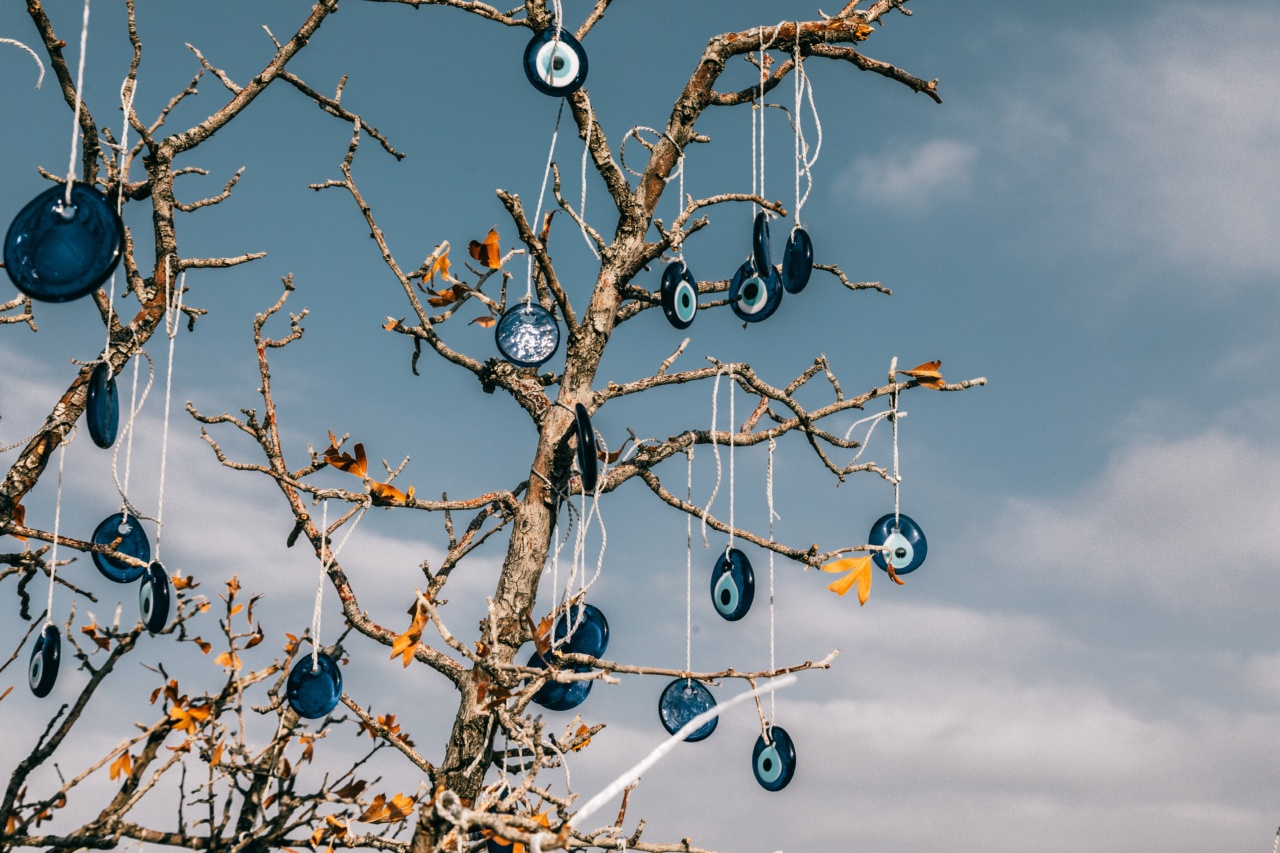Barley eyes, also known as four-leaf clovers, have long been considered symbols of luck and good fortune.
These rare and unique plants have captivated people’s imaginations for centuries, and their association with positive outcomes has made them highly sought after by those in search of good luck. In this article, we will delve into the reasons why barley eyes are considered a symbol of luck and explore the historical, cultural, and mystical aspects that contribute to their mystique.
The Rarity of Barley Eyes
One of the main reasons why barley eyes are considered lucky is their rarity. While a typical clover plant has three leaves, the four-leaf clover is a natural mutation that only occurs in about one out of every 10,000 clovers.
This scarcity makes stumbling upon a four-leaf clover a truly magical and fortunate occurrence. The difficulty of finding one adds to their appeal as a symbol of luck, making them a cherished and treasured find.
Historical Significance
The association between barley eyes and luck can be traced back to ancient history. The Druids, a Celtic priesthood, believed that four-leaf clovers possessed powerful mystical properties and considered them to be a symbol of luck.
Druids would carry them for protection and to ward off evil spirits. Additionally, during medieval times, it was believed that possessing a four-leaf clover could protect someone from witches and bring good fortune. This historical significance has helped to solidify the belief in the luck associated with barley eyes.
Cultural Symbolism
Throughout various cultures, four-leaf clovers have symbolized luck and prosperity. In the Irish culture, in particular, the four-leaf clover holds great importance. St.
Patrick used the three-leafed clover, or shamrock, as a metaphor for the Holy Trinity, and the rare four-leaf clover became a symbol of luck. The Irish tradition of searching for four-leaf clovers on St. Patrick’s Day still persists today, with many believing that finding one will bring them good fortune throughout the year.
Similarly, in other cultures such as Asian and African, four-leaf clovers are also seen as symbols of good luck.
In Japan, the four-leaf clover is known as “shiho-yonba,” which means “four-leaf lucky clover.” It is believed to bring good fortune and protect against evil spirits. In Africa, four-leaf clovers are associated with fertility and considered to be lucky charms that bring prosperity and wealth. These cultural associations have contributed to the widespread belief in the luck of barley eyes.
Superstitions and Folklore
Superstitions and folklore have played a significant role in strengthening the belief in the luck of four-leaf clovers. One popular belief is that carrying a barley eye can grant the power to see fairies and other mythical creatures.
It is also thought to protect against evil spirits and bring luck to those who possess it. In some cultures, it is believed that finding a four-leaf clover enables one to have an extra wish granted.
These superstitions and folk beliefs have not only added to the enchantment surrounding barley eyes but have also made them highly desirable among those seeking good fortune.
Scientific Explanations
From a scientific standpoint, the luck associated with barley eyes can be attributed to their rarity. Finding a four-leaf clover requires considerable luck, as it is a random occurrence linked to a genetic mutation.
The joy and excitement that come with finding such a rare treasure may have positive psychological effects on individuals, boosting their confidence and optimism. The belief in the luck of barley eyes can, therefore, be seen as a self-fulfilling prophecy, where the perception of luck leads to increased positive outcomes.
Popular Culture and Media
Barley eyes have been popularized and romanticized through various forms of media and popular culture. In literature, for instance, four-leaf clovers are often used as symbols of luck, as seen in works like “The Wonderful Wizard of Oz” by L.
Frank Baum. In films and TV shows, characters often search for and find barley eyes as a means of revealing their good fortune.
This portrayal in media has further cemented the belief in barley eyes as a symbol of luck and made them an iconic representation of good fortune.
Collecting and Folklore
Barley eyes have become sought-after collectibles due to their association with luck. Many people enjoy the thrill of searching for four-leaf clovers and preserving them as a keepsake.
In some cultures, it is believed that the luck of barley eyes can be transferred by gifting or passing on a found one. The folklore surrounding the preservation and sharing of barley eyes has created a sense of community and connection among those who believe in their luck.
Barley Eyes as a Personal Symbol
For individuals, barley eyes can serve as personal symbols of luck and positivity. Many people carry or wear barley eye jewelry as a talisman or amulet, believing that it will bring them good fortune and protect them from negative energies.
Beyond their cultural and historical significance, barley eyes can hold personal meaning and provide individuals with a sense of optimism and hope.
Conclusion
Barley eyes, also known as four-leaf clovers, have long been considered symbols of luck.
Their rarity, historical significance, cultural symbolism, superstitions, scientific explanations, and popular culture portrayals have all contributed to their status as lucky symbols. Whether you believe in their luck or not, there is no denying the widespread enchantment and fascination surrounding barley eyes.
So, the next time you stumble upon a four-leaf clover, take a moment to appreciate its rarity and the potential luck it may bring.































